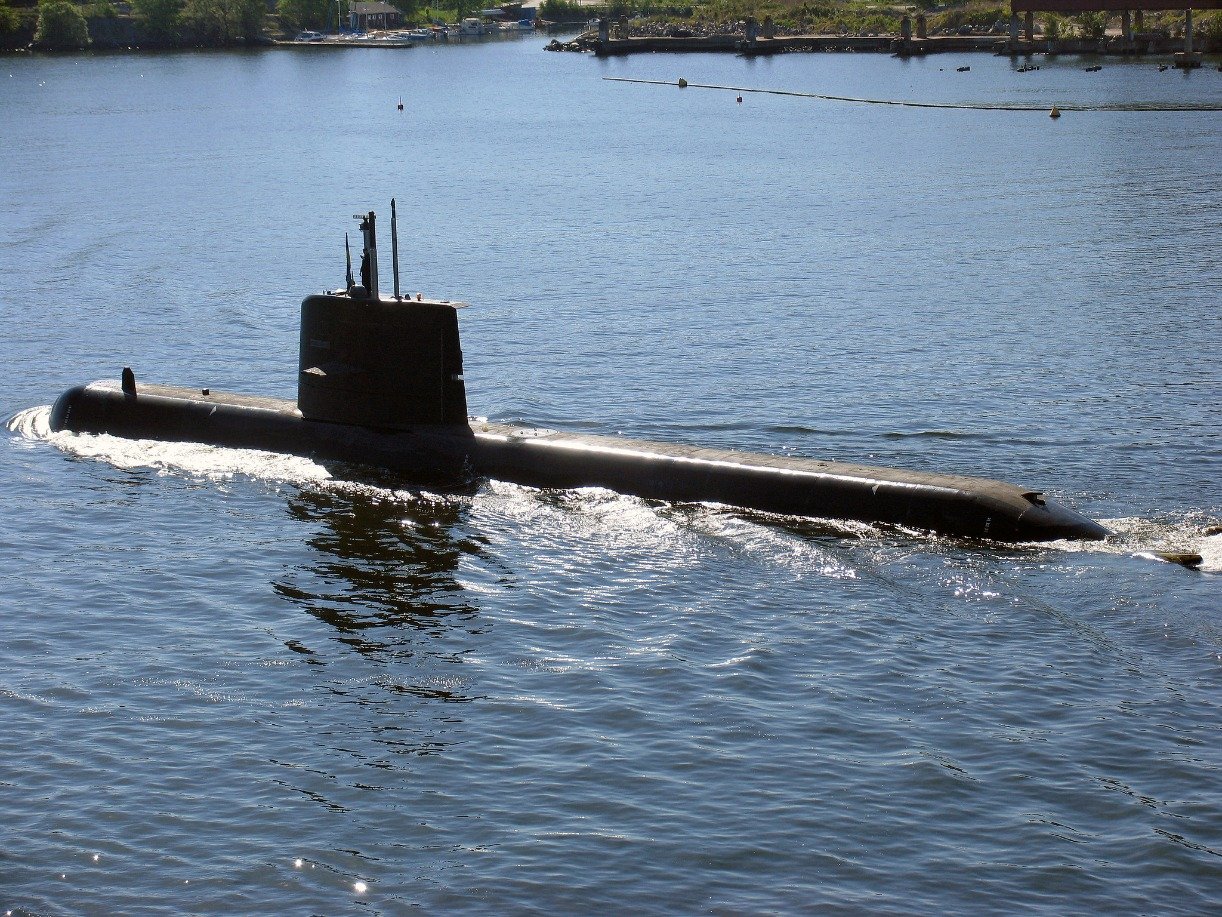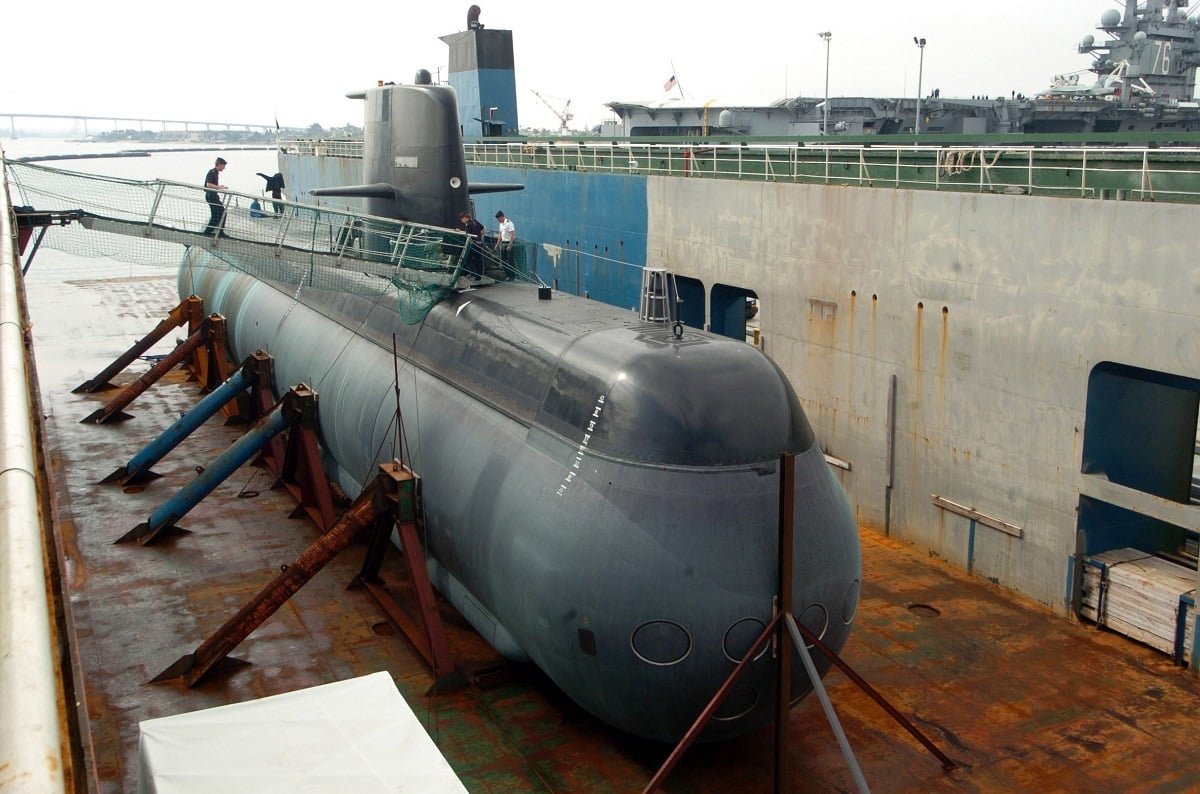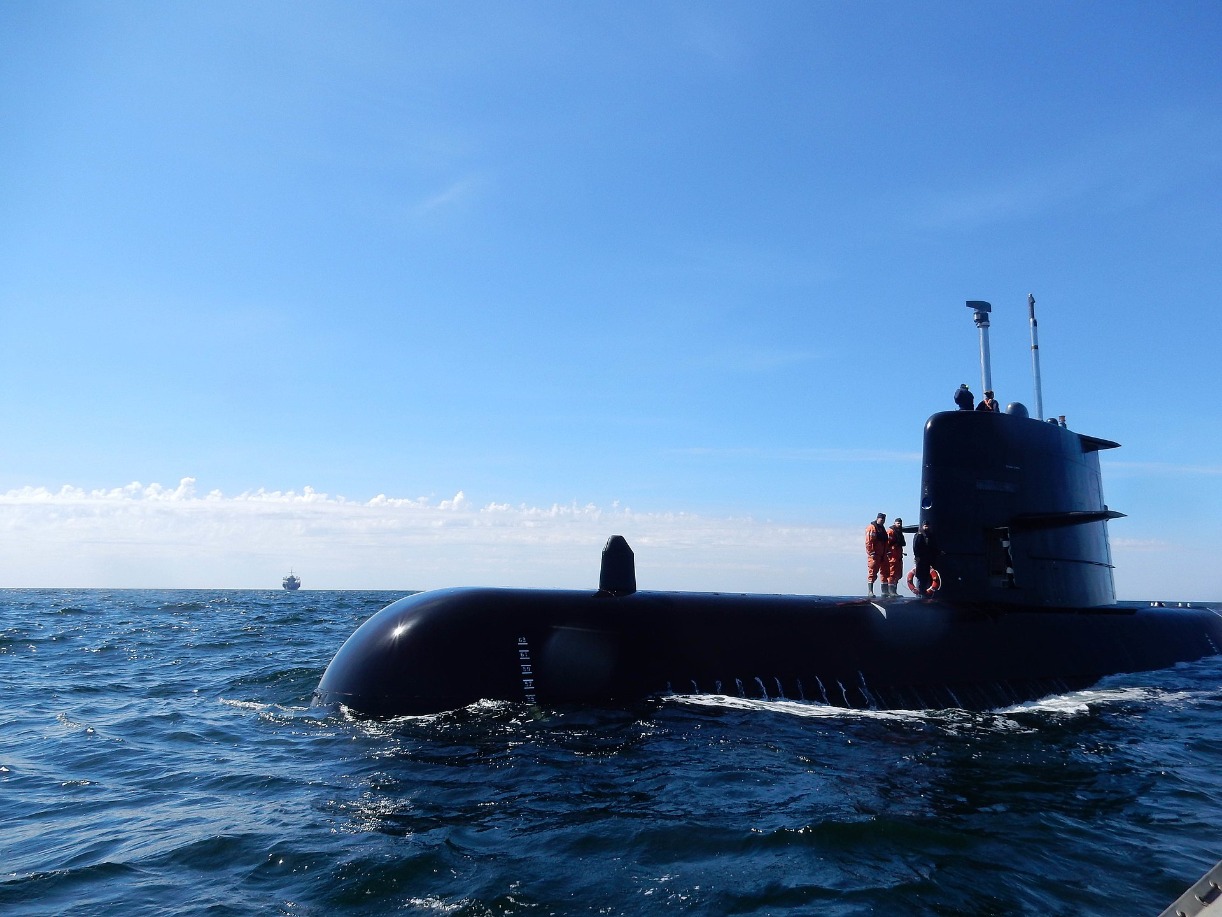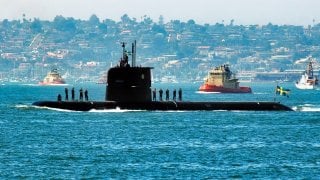‘Sir, We Have An Emergency’: How a Submarine 'Sank' A U.S. Navy Aircraft Carrier in a Wargame
In 2005, the Swedish Gotland-class submarine, using its advanced Stirling engine air-independent propulsion system, successfully "sank" the USS Ronald Reagan in a wargame exercise, highlighting vulnerabilities in U.S. carrier defense.
Summary and Key Points: In 2005, the Swedish Gotland-class submarine, using its advanced Stirling engine air-independent propulsion system, successfully "sank" the USS Ronald Reagan in a wargame exercise, highlighting vulnerabilities in U.S. carrier defense.

-The Gotland-class, renowned for its stealth and low acoustic signature, features advanced torpedoes, sonar-resistant coatings, and magnetic anomaly countermeasures.
-The event underscored the capabilities of diesel-electric submarines against modern aircraft carriers and led to significant interest and strategic insights for the U.S. Navy.
How the Gotland-Class Submarine Sank the USS Ronald Reagan
Perhaps astonishingly, a nearly three-decade-old Swedish-designed submarine once penetrated a U.S. naval carrier group and sunk the USS Ronald Reagan in a wargame exercise. The newly constructed multi-billion dollar aircraft carrier was bested by a roughly $100 million dollar aging submarine. To put this further into perspective, the Swedish vessel is worth about the cost of two F/A-18 Super Hornet fighter jets.
Introducing the Gotland-class submarine
Sweden’s multi-role Gotland-class submarine can be deployed in surface warfare, anti-submarine warfare, surveillance, special operations, and intelligence collection and electronic signals intelligence operations. These diesel-electric submarines were constructed by the Swedish-based Kockums Shipyard in the early 1990s. The lead ship of the class- HSwMS Gotland, was commissioned in 1996, followed by HSwMS Uppland and USwMS Halland the same year. When these submarines were introduced to service, they became the first vessels in the world to feature a Stirling engine air-independent propulsion system, which enables them to remain submerged for longer periods of time.

Specs & Capabilities of Gotland-Class
The prowess of the Sterling system was also described by Popular Mechanics: “It’s all thanks to a very old-school engine. Instead of using its diesel to power an internal combustion engine (which is quite loud, what with the explosions and all), the Gotland-class sub instead uses highly optimized Sterling engines, not unlike what you might find as a desk toy, but considerably more high tech. These exceedingly quiet engines are used to charge batteries which in turn can directly run the engines. The result is a sub that’s quieter than any other diesel, and even quieter than its nuclear cousins, which require a constant churn of coolant that can give away their position.”
The Gotland class possesses additional cutting-edge features, including the twenty-seven electromagnetic mounted to counteract its magnetic signature to Magnetic Anomaly Detectors. Additionally, its hull is protected with sonar-resistant coatings, while its tower is composed of radar-absorbent materials. The Gotland submarines are armed with four 533mm and two 400mm torpedo tubes, in addition to forty-eight Externally Mounted Naval Mines.

Each ship measures roughly 63 meters long, with a beam length of 6.2 meters and a draft of 5.6 meters. Each Gotland-class ship is powered by two sets of MTU engines, and while submerged, the Stirling engine AIP system drives a generator. Since the Stirling is silent, it is the perfect system for submarines that strive to remain undetected by enemy warships. The low acoustic signature the Stirling provides the Gotland ships is a huge asset. In fact, the Gotland class’ capabilities piqued the interest of the U.S. Navy, which requested to lease the lead ship of the class for warfare exercises back in 2004.
When Gotland Sank USS Ronald Reagan
While participating in wargame drills in the Pacific Ocean in 2005, Gotland captured several images of the USS Ronald Reagan aircraft carrier. By demonstrating that it could sink the carrier, it showed just how vulnerable the U.S fleet was in defending against diesel-electric submarines.
When the Gotland submarine “sank” USS Reagan in the early 2000s, the aircraft carrier was by far the most advanced of her kind to ever set sail. Clearly, the Swedish submarine was a highly capable vessel. Over the years, the Gotlands have undergone several overhauls to retain an edge over competitors.

More than fifty new systems were installed or modified during the class’ mid-life upgrade. Of these enhancements, roughly twenty new systems will also be incorporated in the next generation of Swedish Royal Navy submarines- the Blekinge-class.
As geopolitical tensions continue to rise in the South China Sea, Red Sea, and Baltic Sea, the strength of the U.S. Navy’s aircraft carrier fleet will remain a critical concern.
About the Author: Maya Carlin
Maya Carlin, National Security Writer with The National Interest, is an analyst with the Center for Security Policy and a former Anna Sobol Levy Fellow at IDC Herzliya in Israel. She has by-lines in many publications, including The National Interest, Jerusalem Post, and Times of Israel. You can follow her on Twitter: @MayaCarlin.
All images are Creative Commons or Shutterstock.
From the Vault
Russia Freaked Out: Why the U.S. Navy 'Unretired' the Iowa-Class Battleships
Battleship vs. Battlecruiser: Iowa-Class vs. Russia's Kirov-Class (Who Wins?)


